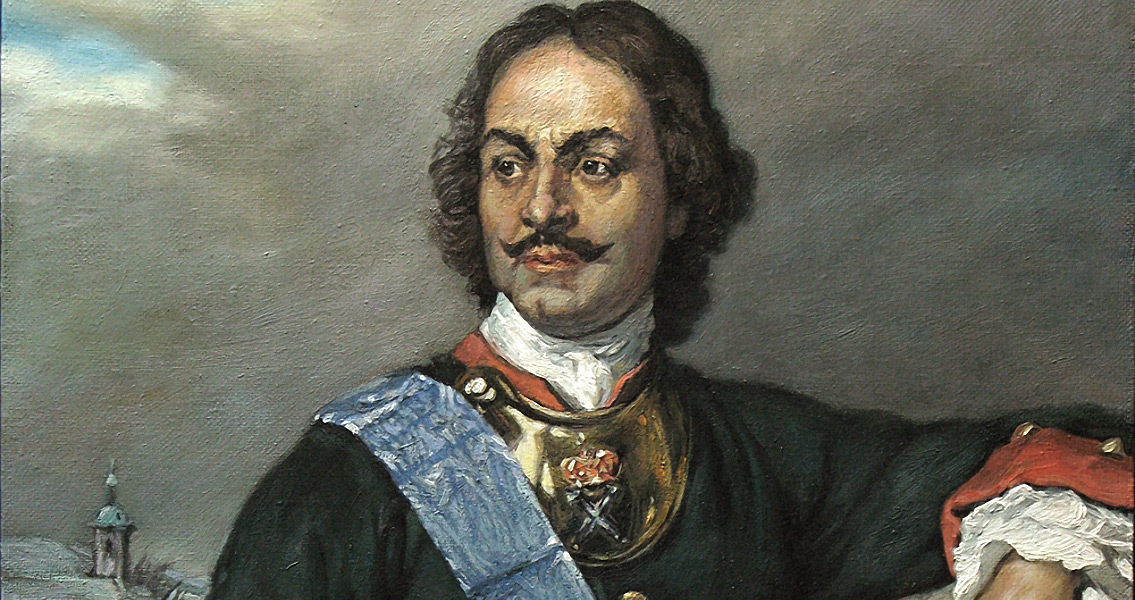<![CDATA[27th May marks the official anniversary of the founding of St. Petersburg in 1703. Named after its founder, Tsar Peter I (often called Peter the Great), the city has had an eventful, sometimes tragic history in the three centuries since its creation, serving as the Russian capital for two centuries, witnessing the start of the 1905 and 1917 Revolutions, and enduring and surviving a brutal siege during the Second World War. The area around the head of the Gulf Finland has been inhabited by Russians since the eighth century. Remaining thinly populated due to the harsh climate, the area came into the possession of the grand princes of Moscow in the fifteenth century. In 1617 the region, called Ingria, was annexed by Sweden, with a series of fortresses being established along the Neva River to secure the new territory. During the Great Northern War, a conflict where the Tsardom of Russia successfully challenged Swedish dominance in the north of Europe, Peter's forces captured the territory of the Gulf of Finland Delta. Eager to secure a sea outlet to the West of Russia, Peter moved quickly to establish a permanent Russian settlement in the area. On 27th May 1703 Peter himself laid the first stones of the Peter-Paul fortress on Zayachy Island, and St. Petersburg was officially established. A second fortress was quickly built on Kotlin Island to protect the new city, and the Admirality shipyard was founded on the river bank opposite the Peter and Paul fortress. With the area now well defended, Peter set about organising the creation of a new city around the fortress and shipyard, which could serve as Russia's window on Europe. In 1712, St. Petersburg took over the position of Russia's capital from Moscow. Nobles and merchants were compelled by Peter to move to the city to build houses and start businesses there. Quickly, the grandiose architecture of this new city started to appear, with palaces, government buildings and lavish private houses materialising, as well as the iconic network of bridges which remain pivotal to the city's infrastructure. The construction of the city had a horrendous human cost, however. Peter the Great is remembered for a host of achievements: developing a centralised government in Russia, modernising its military, and ultimately pulling it out of the medieval era. His reign also saw greater subjugation of the peasantry, and the city that bears his name reveals the consequences of this. Essentially built on swampland, prone to flooding and with an inhospitable climate, thousands of serfs died during the construction of St. Petersburg, particularly its massive drainage canals. Historians estimate that as many as 100,000 serfs lost their lives during the construction of the city. St. Petersburg is one of the most iconic cities in Russia, and Europe as a whole. It stands as a monument to one of Russia's most famous Tsars, representing the defining period in the creation of modern Russia, as well as the perilous plight of the serfs in the eighteenth century. St. Petersburg has become synonymous with Russian history - triumphs, tragedies, and revolutions - as well fulfilling Peter's aim of becoming Russia's 'window' on Europe. Featured Image is a painting by Paul Delaroche (1797-1856) ]]>
The Founding of St. Petersburg
